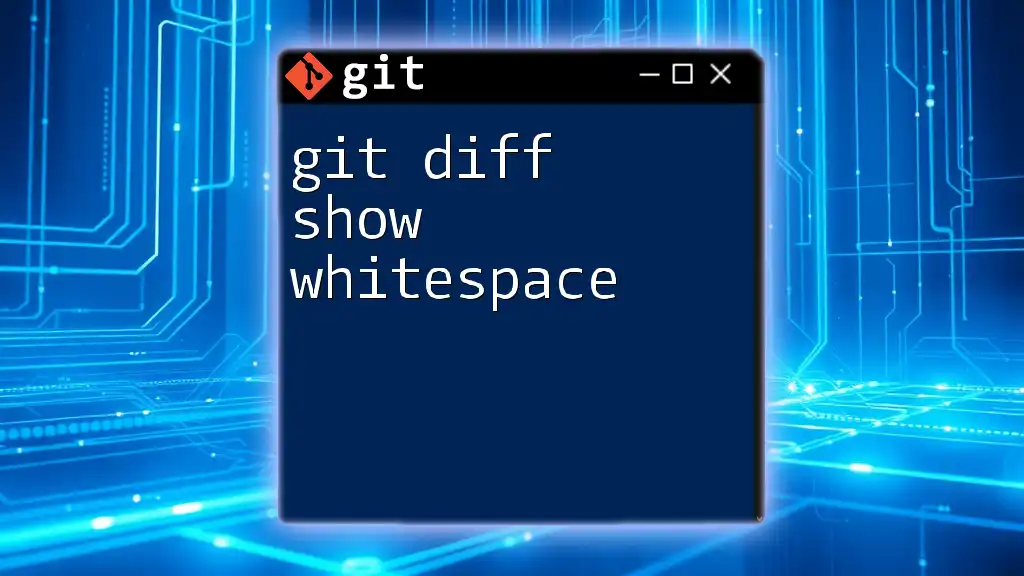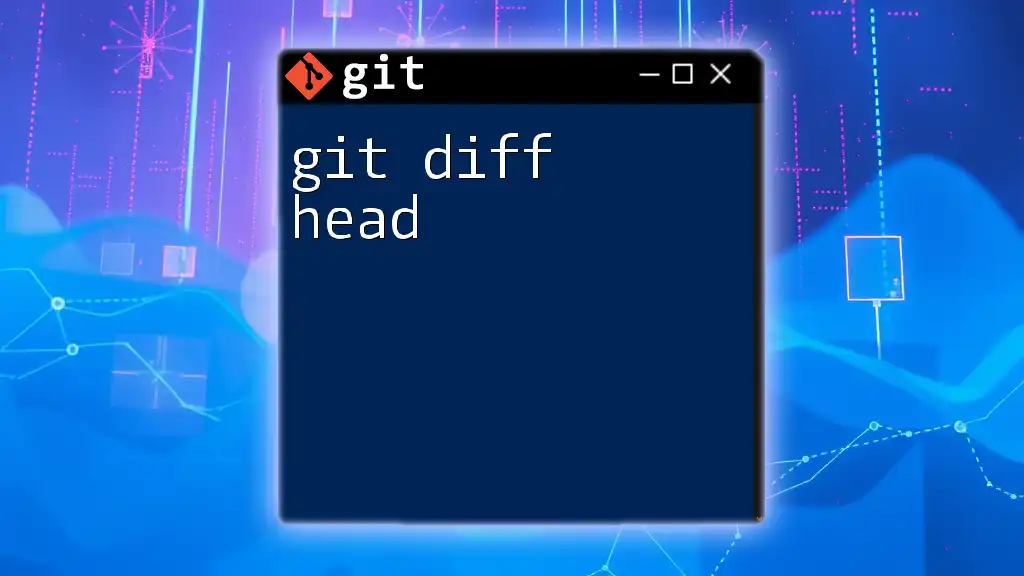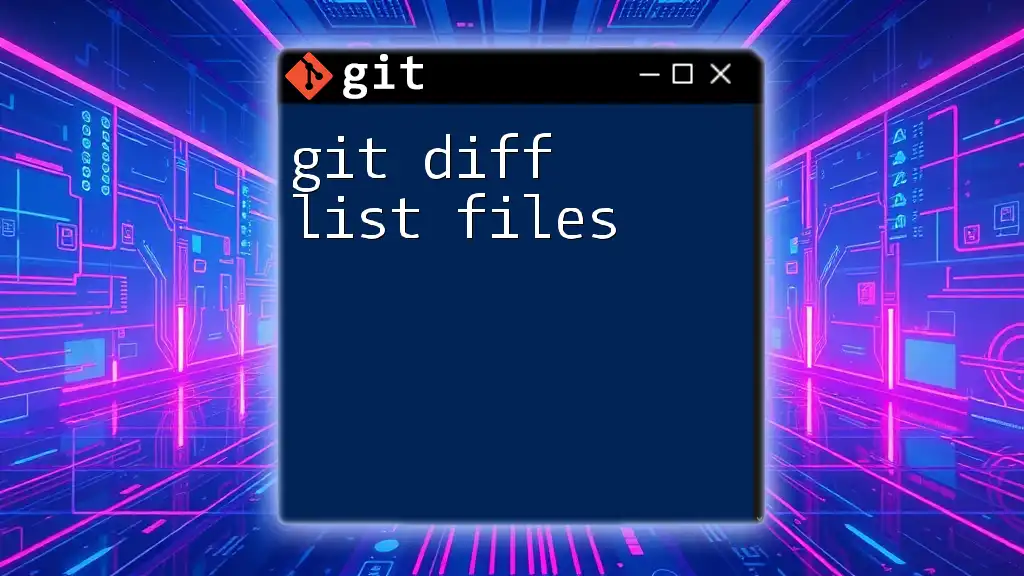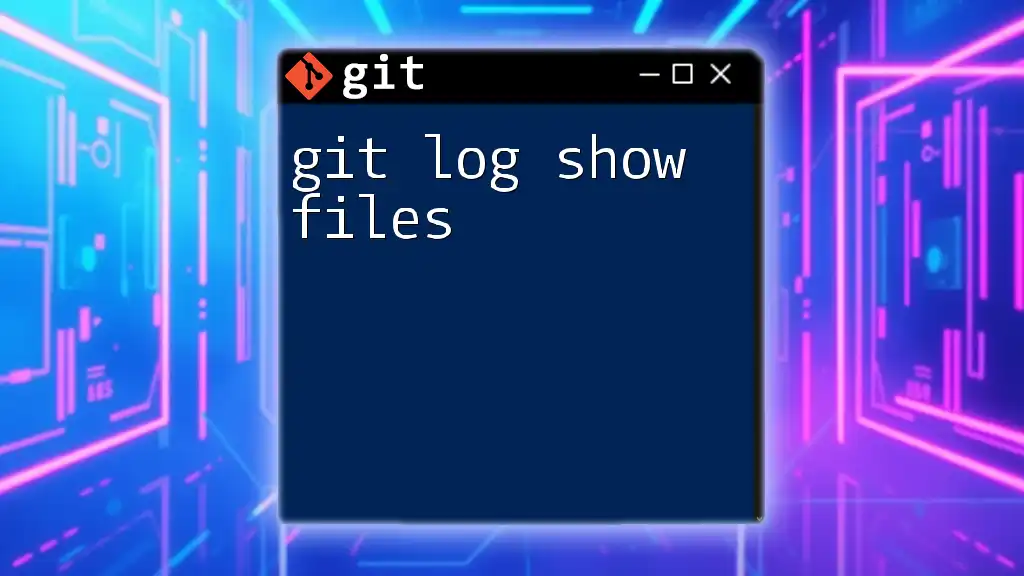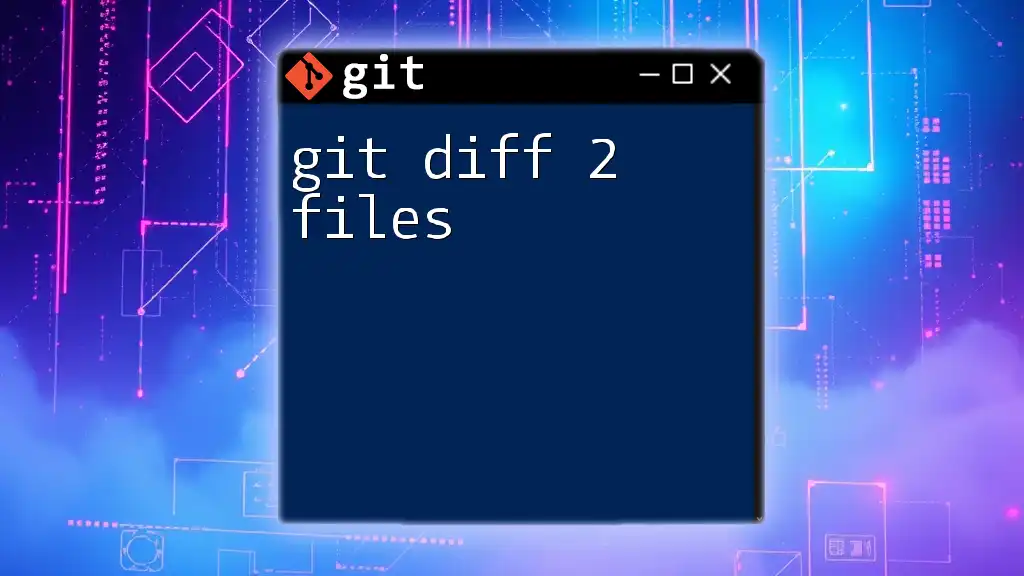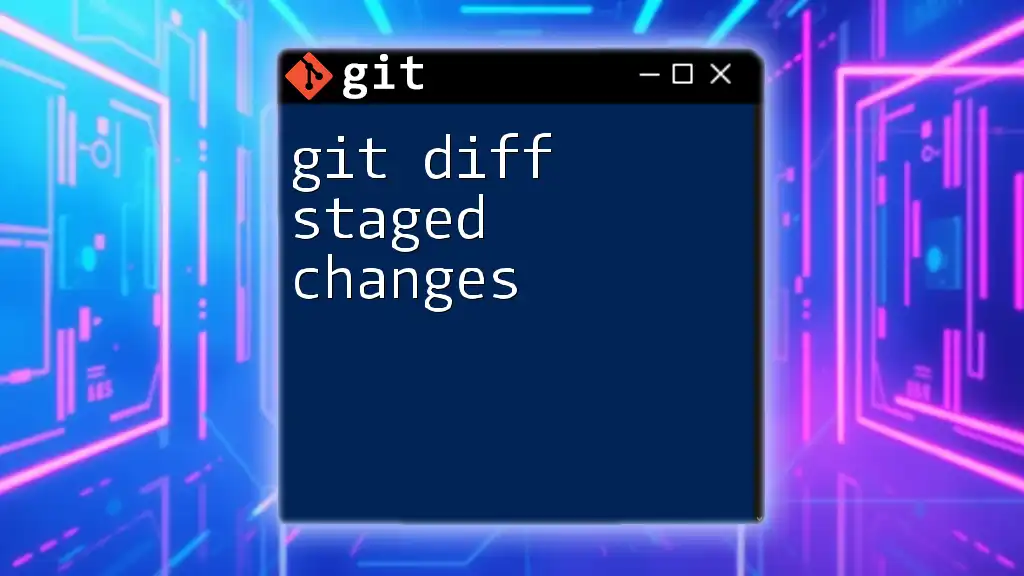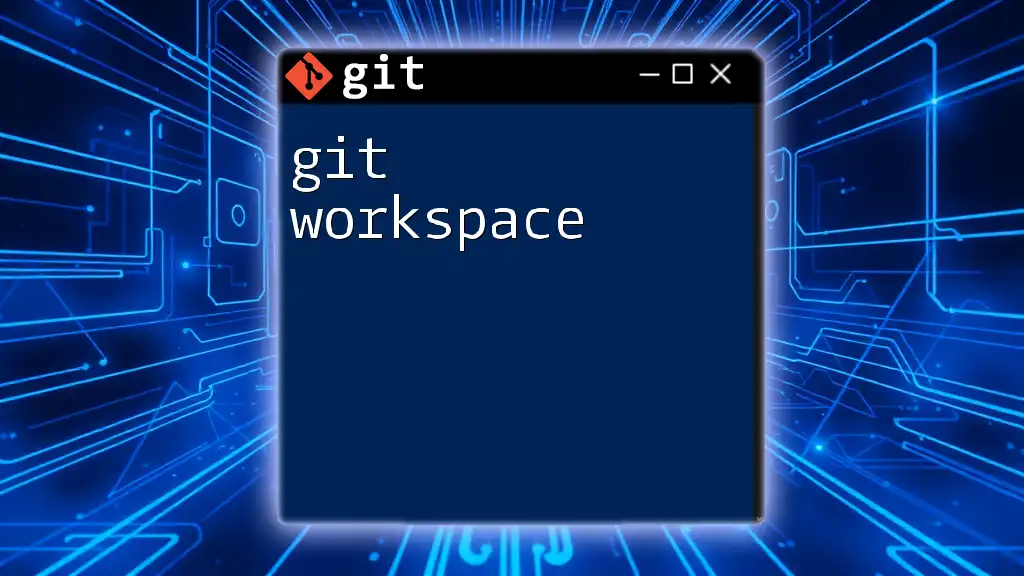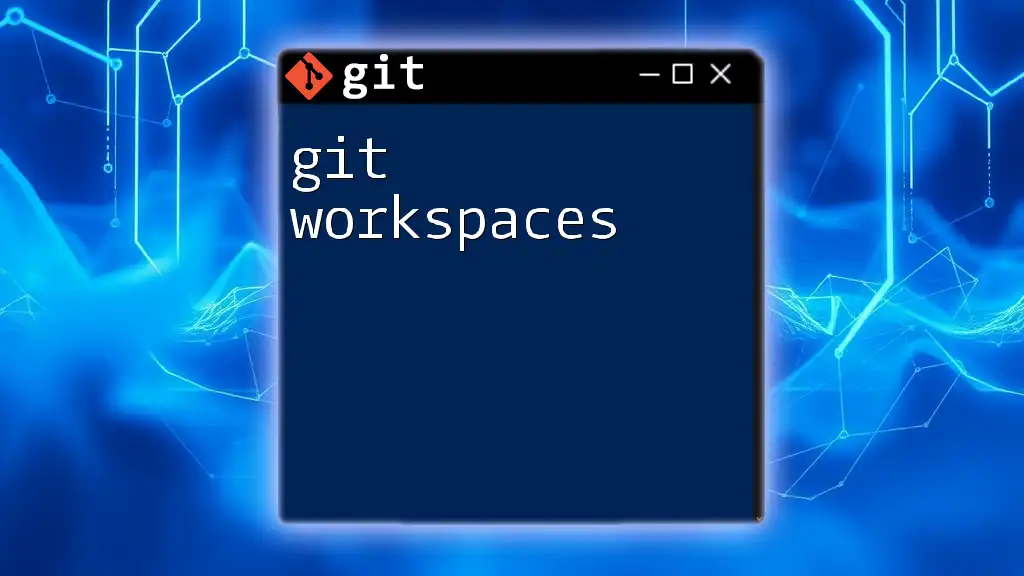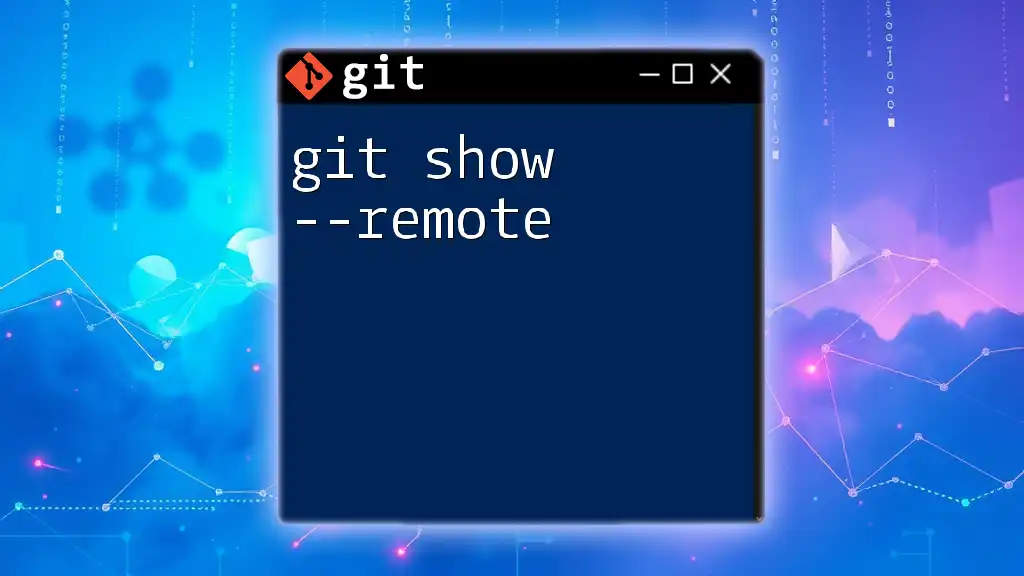The `git diff` command with the `--ignore-space-at-eol` or `--ignore-all-space` option allows you to compare differences between files while optionally ignoring whitespace changes, which can be useful for focusing on actual content changes.
git diff --ignore-space-at-eol
# or
git diff --ignore-all-space
What is `git diff`?
Overview of `git diff`
`git diff` is a powerful command that allows developers to see changes between various states of their codebase. It shows the differences between files, commits, branches, or the working directory. This insight into modifications makes it easier to review code changes, identify bugs, and collaborate effectively within a team.
Why Whitespace is Important in Code
Whitespace in programming isn’t just empty space; it plays a crucial role in code readability and formatting. Code that is consistent in its use of whitespace typically looks cleaner and is easier to maintain. Conversely, inconsistent use of whitespace can lead to misunderstandings and errors—especially in languages where indentation impacts the code execution.
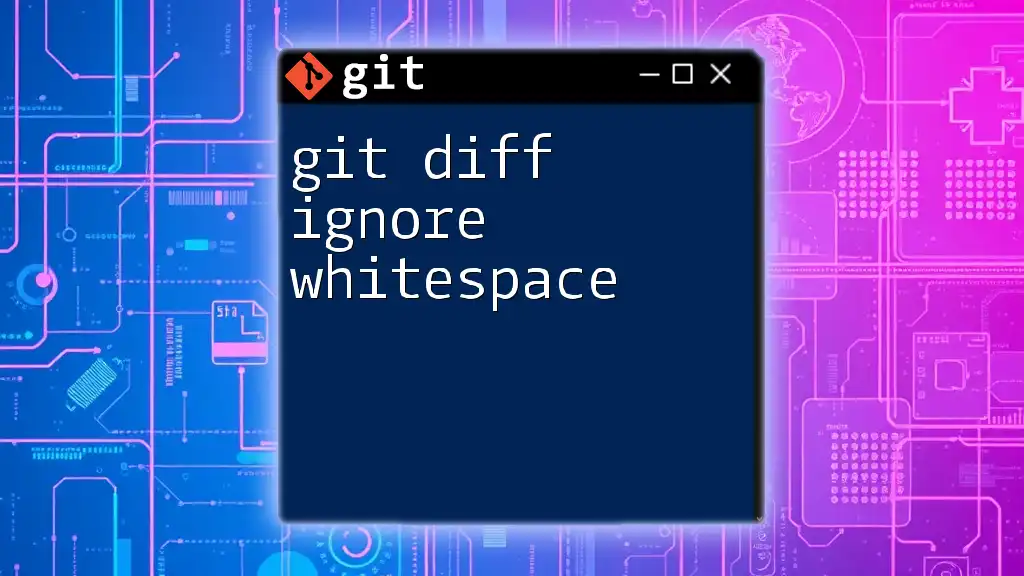
Understanding Whitespace in Git
Types of Whitespace
Whitespace characters include spaces, tabs, and newlines. These characters vary in their significance across different programming languages. For example, languages like Python strictly interpret whitespace for indentation, whereas languages like JavaScript treat it more leniently.
How Git Treats Whitespace
By default, Git manages whitespace by taking into account the common practices of code formatting. However, it also allows users to configure how whitespace is treated, especially when comparing changes. Knowing the underlying structure helps developers identify and fix issues related to inconsistencies in whitespace.
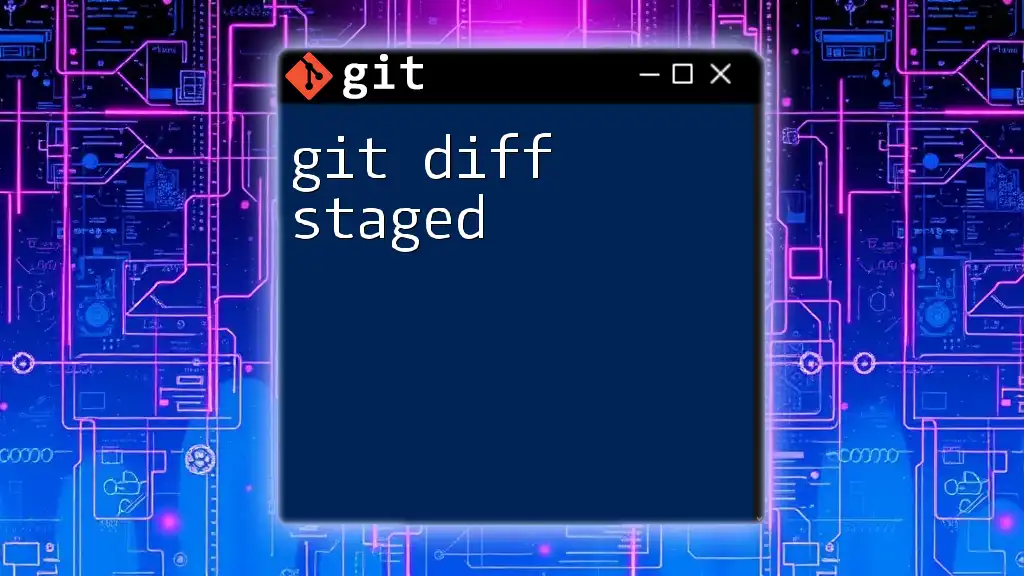
Using `git diff` to Show Whitespace Changes
Basic Usage of `git diff`
To see the differences between your working directory and the last committed state, you can use the command:
git diff
This will display changes in a unified diff format. By default, it highlights modified lines, making it simple to spot what has changed.
Showing Whitespace Changes Explicitly
Command Options
When you want to focus specifically on whitespace changes, Git provides several useful options:
-
`--ignore-space-at-eol`: This option ignores whitespace at the end of lines when comparing changes. This is particularly useful if you've added or removed spaces in the middle of a line but want the comparison to remain clean.
Example:
git diff --ignore-space-at-eol -
`--ignore-all-space`: This command ignores all whitespace when comparing two versions of a file. It's highly effective if you're primarily concerned with functional code changes and not their formatting.
Example:
git diff --ignore-all-space -
`--ignore-space-change`: This option ignores changes in the amount of whitespace, but not whitespace itself. For instance, converting tabs to spaces would still be flagged, but merely adjusting the number of spaces at the beginning of a line would be ignored.
Example:
git diff --ignore-space-change
Visualizing Whitespace Changes
Using Colored Output
Using colored output can enhance the visibility of whitespace changes. You can enable colored diff output by running:
git diff --color
This will help you quickly distinguish between modified lines, additions, and deletions in your code.
Patching Whitespace Changes
You can create a patch file containing all the current changes in your working directory, including whitespace modifications, with the following command:
git diff > changes.patch
This makes it easier to review changes or apply them elsewhere.
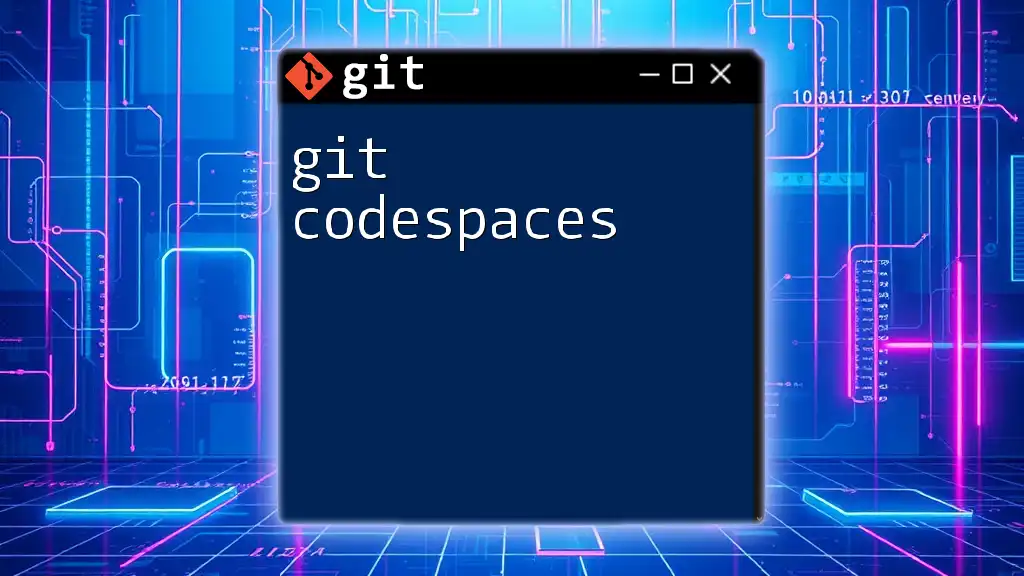
Advanced Techniques with `git diff` and Whitespace
Configuring Git to Manage Whitespace
To ensure that Git handles whitespace according to your coding standards, you can configure core settings. For instance, you might want to ignore trailing whitespace or space before tabs by executing:
git config --global core.whitespace trailing-space,space-before-tab
This command sets up Git to flag these specific whitespace issues whenever you create or review diffs.
Differences in Branches
For developers working across multiple branches, comparing the state of whitespace changes becomes crucial. You can compare whitespace changes between two branches using:
git diff branch1..branch2
This command will highlight all differences—including those in whitespace—providing a comprehensive overview of changes between branches.
Integrating `git diff` with Other Commands
Combining `git diff` with other commands, such as merging or rebasing, can provide an intricate review process. Consider reviewing whitespace changes while merging branches to ensure that code remains clean and consistent.

Best Practices for Managing Whitespace
Keeping Whitespace Consistent in a Codebase
To maintain high-quality code, adhering to consistent coding standards is vital. Consider adopting a style guide that dictates the use of whitespace. Tools and settings in text editors (like Prettier for JavaScript, for example) can automatically format code based on established standards.
Making Use of Git Hooks
Git hooks provide an automated way to enforce rules regarding whitespace. You can set up a pre-commit hook to check for unwanted whitespace changes before allowing a commit:
- Create a file named `pre-commit` in the `.git/hooks` directory.
- Add a script that checks for whitespace violations:
#!/bin/sh if git diff --cached --check | grep -q '^[+-]'; then echo "Error: commit contains whitespace errors" exit 1 fi
This ensures that no commit is made with unwanted whitespace changes, thus enforcing a clean codebase.
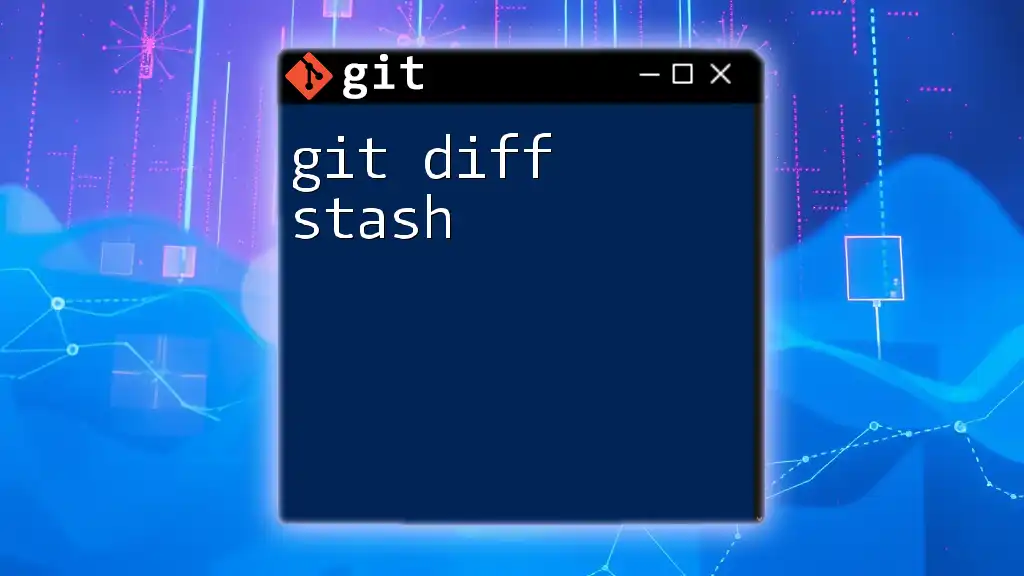
Conclusion
Understanding how to effectively use `git diff show whitespace` allows developers to maintain a clean and consistent codebase. By mastering the commands available and implementing best practices, you can enhance the quality and readability of your code, thereby improving collaboration and code reviews. Utilizing these tools and techniques effectively will make your coding journey more organized and productive.
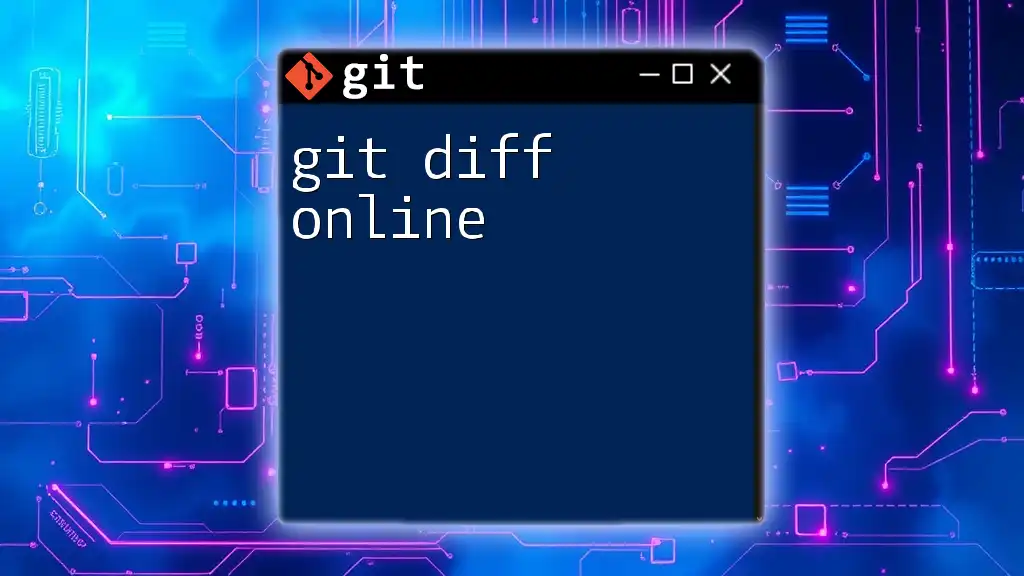
Further Reading
For more insights into Git and whitespace management, consider exploring additional resources such as online tutorials, books on version control strategies, and articles that dive deeper into Git best practices.

